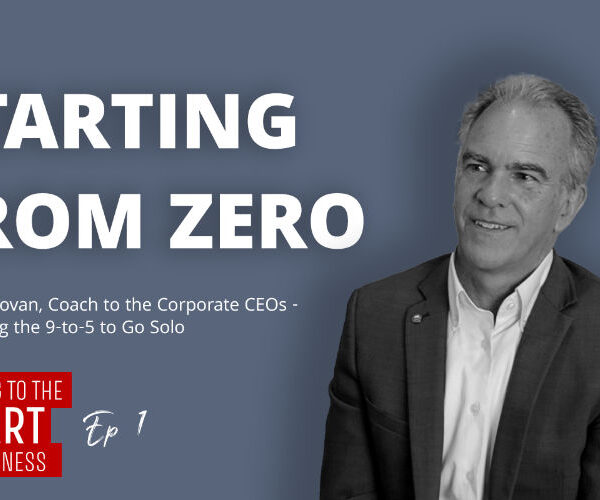The Six Secrets of Change – What the Best Leaders Do to Help Their Organizations Survive and Thrive
Michael Fullan, the author of The Six Secrets of Change provides us with an insightful, and in some ways unusual text on creating organisational change. Unusual, in that he admits the six secrets are…”extremely difficult to appreciate and act on in combination.” (p.viii)…
Fullan enjoys an enviable pedigree as a Professor of Organisational Change at Ontario University and a practitioner who has guided massive change in the educational systems in the UK and Canada. His secrets are provided in part as a response to MBA programs which he says are heavy on analysis, technique and abstract strategy, but not so helpful in if you want to be genuinely effective. Being effective, he says is not about how smart you are; it is about how grounded and insightful your theorising is. The other refreshing aspect of this text, is that he warns against simply swallowing even his theory without question or challenge. He says, “the world has become too complex for any theory to have certainty”. (p.5)
So now, on to his secrets. Here’s a very brief summary. I know they may look obvious, but put together, they make, in my view, a powerful understanding of what makes great change.
Secret 1 – Love your employees
Invest in them so that they can learn continuously, find meaning in their work and their relationship to co-workers, and the company as a whole.
Secret 2 – Connect peers with purpose
To answer the too tight-too loose dilemma, foster continuous and purposeful peer interaction. Leaders must provide good direction while pursuing its implementation through purposeful peer interaction. The task is not to make managers fall in love with the senior managers, but rather in love with each other the purpose of the company.
Secret 3 – Capability building prevails
Invest in the development of individual and collaborative efficacy, to accomplish significant improvements. Use fear and punishment sparingly, rather build accountability by combining transparency and peer interaction.
Secret 4 – Learning is the work
While input from outside can be useful, if it is not combined with situated learning, the learning will end up being superficial. Therefore, see working, and learning to work as one and the same.
Secret 5 – Transparency rules
Don’t use data punitively, but make data about the business clear and continuously visible. In addition, make easy access to the practice of the business, that is, what is being done to achieve the results. This provides a sense of positive pressure that is fair and reasonable and inescapable.
Secret 6 – Systems learn
The combination of the previous five secrets enables the system to learn from itself and consequently constantly build knowledge and commitment. Employees learn new things which builds motivation and a sense of meaning.



